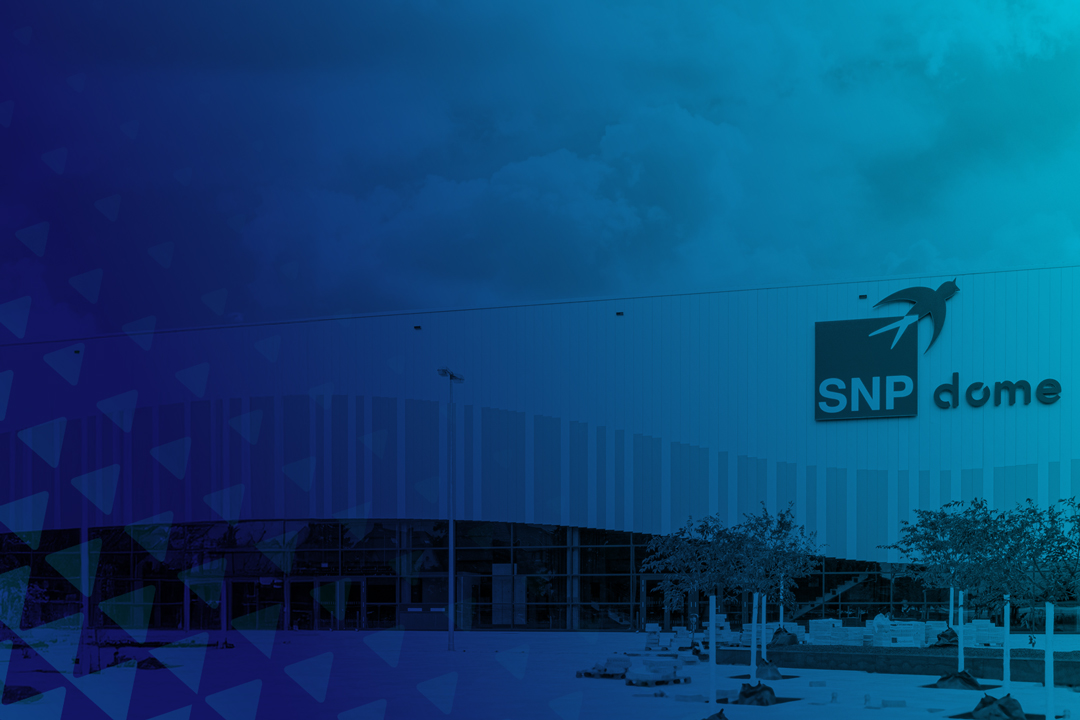How does Selective Data Transition work technically? Behind the scenes of a flexible S/4HANA migration
As SAP ECC customers prepare for the transition to S/4HANA, more organizations are turning to Selective Data Transition (SDT) as a flexible alternative to the Brownfield and Greenfield approaches. But how exactly does SDT work under the hood? In a recent expert session hosted by SAP’s Customer Evolution Program, speakers from SNP, SAP, and Natuvion walked through the technical mechanics of SDT – from system creation to downtime optimization. Here’s what you need to know.
Share
Key takeaways:
- Selective Data Transition (SDT) offers a flexible path to S/4HANA by combining elements of the Brownfield and Greenfield approaches with different system creation options including shell conversion and mix-and-match.
- The SDT process is highly structured, covering dual maintenance, table-based or hybrid data migration, and thorough validation to ensure accuracy and system integrity.
- Near-zero downtime (NZDT) and automated reconciliation tools help large organizations meet strict go-live windows with minimal disruption.
- With the right setup, tools, and governance, SDT supports a low-risk, scalable transformation tailored to real business needs.
Laying the foundation: The four paths to system creation
There are different system creation scenarios, each offering varying degrees of reuse, flexibility, and innovation. The four main paths include:
- Shell conversion
This is the most common and recommended approach. It begins with a 1:1 copy of the existing ECC system, excluding master and transactional data, while retaining all customizing and repository objects. The resulting shell system is lightweight and can be cleaned up and aligned with the S/4HANA data model. Customers can simplify selectively and introduce SAP best practices – all without starting from scratch. It’s ideal for organizations with valuable custom developments they want to retain while still pursuing innovation. - Mix-and-match approach
This approach begins with a new S/4HANA installation (not a copy of ECC), into which selected configurations and processes are imported. There are two variations: one where the system is entirely new with minimal reuse, and one where key elements from ECC are selectively brought in via transports. Mix-and-match provides more design freedom and is better suited for businesses aiming to reshape their processes more aggressively – closer to a Greenfield mindset, but with less disruption. - New implementation (Greenfield)
In a full Greenfield scenario, the target S/4HANA system is built entirely from scratch. There’s no reuse of configurations or legacy structures. SDT may still be used afterward to selectively migrate relevant historical data, but the system setup phase itself is a clean start. - Existing system scenario
This path is common in wave-based or phased rollouts, where a productive S/4HANA system already exists and SDT is used to gradually migrate data from additional ECC systems or entities. As the project progresses, new waves of data (e.g. additional company codes) are merged into the existing environment, supporting system consolidation over time.
Staying aligned: Managing dual maintenance and retrofit
In any long-running migration project, keeping the source and target systems synchronized is a challenge. ECC systems continue to evolve during the transition, and changes need to be reflected in the new S/4HANA environment. SAP addresses this with its retrofit process, managed via Solution Manager or Cloud ALM. Depending on the complexity, changes can be synchronized automatically, with tool assistance, or manually.
A configuration freeze shortly before the go-live helps to stabilize the environment and minimize risks, but an effective retrofit remains essential, especially for customers with extensive customizations.
The core of it all: Data migration and validation
The data migration process in SDT is structured, iterative, and tool-driven. It typically includes the following phases:
- Data preparation, where the data scope, selection criteria, and mapping rules are defined.
- Data extraction, which pulls the relevant data from the ECC source system.
- Data transformation, where the data is adapted to fit the S/4HANA data model.
- Pre-validation, where issues are identified before loading.
- System preparation, including the technical readiness of the target system.
- Data load, where the actual transfer into S/4HANA takes place.
- Post-load validation, which includes detailed comparisons, audits, and functional checks.
The most commonly used migration method in SDT is the table-based approach, which enables flexible, high-throughput migrations at the database level. It allows for the selective transfer of historical data, supports large volumes, and can be tailored to different business objects. For open items and balances, the posting-based approach may also be used, with built-in validations that ensure transactional integrity. In complex scenarios, a hybrid of both methods is often applied.
Building trust through comprehensive validation
Validation in SDT goes far beyond technical correctness. Migration partners first review system logs and data protocols, then conduct detailed comparisons between the source and target systems. These include data consistency checks (e.g. foreign key validations), automated batch testing of key processes, and audit-level validations such as balance sheet reconciliations.
Customers typically perform additional manual spot checks and simulate key transactions to confirm the system is behaving as expected. This collaborative process ensures confidence in the final result and a smooth handover before the go-live.
Downtime and performance: Planning for business continuity
For most customers, minimizing downtime is a top priority. A variety of factors affect what’s achievable: from the total volume of data to system complexity and infrastructure performance. SDT places strong emphasis on hardware readiness, proper system tuning, and cutover orchestration. A clear organizational structure and a well-rehearsed cutover plan are just as important as the technical components.
When standard migration methods aren’t fast enough, near-zero downtime (NZDT) techniques are introduced. This method uses database triggers to track changes during the business uptime, allowing most of the migration to happen while the system remains live. Only the last changes – captured in one or more delta loads – are migrated during a short cutover window. With this approach, companies can complete even large-scale migrations within a weekend or less.

In my experience, about 7 out of the top 10 projects we're currently working on are driven by NZDT requirements. These projects often come with very tight cutover windows – sometimes just a few hours or a single weekend. As system sizes grow, often exceeding 40, 50, or even 100 terabytes, the need for NZDT becomes increasingly common
Dominik Wittenbeck
CTO of SNP Group
Automated reconciliation tools also play a key role in simplifying post-migration checks. Instead of manually reviewing audit reports and comparing data across systems (a process that’s often tedious, time-consuming, and prone to errors), these tools automate much of the effort. They compare key artifacts, flag discrepancies, and help determine whether any differences are explainable – ultimately saving time and reducing the risk of human error. These two factors – the NZDT methodology and automated reconciliation tools – are key drivers in helping customers meet their downtime requirements.
Low-risk transformation that meets the real business needs
Selective Data Transition offers a pragmatic, scalable path to S/4HANA for companies that want to modernize without leaving behind years of business-critical data and custom development. Whether through a shell system, mix-and-match setup, or phased integration into an existing landscape, SDT offers the flexibility to match your strategy.
With the right combination of tooling, governance, and preparation, including strong validation and downtime planning, SDT enables a technically sound, low-risk transformation that meets the real needs of your business.
For more detailed information, watch the SAP webinar on Selective Data Transition.


